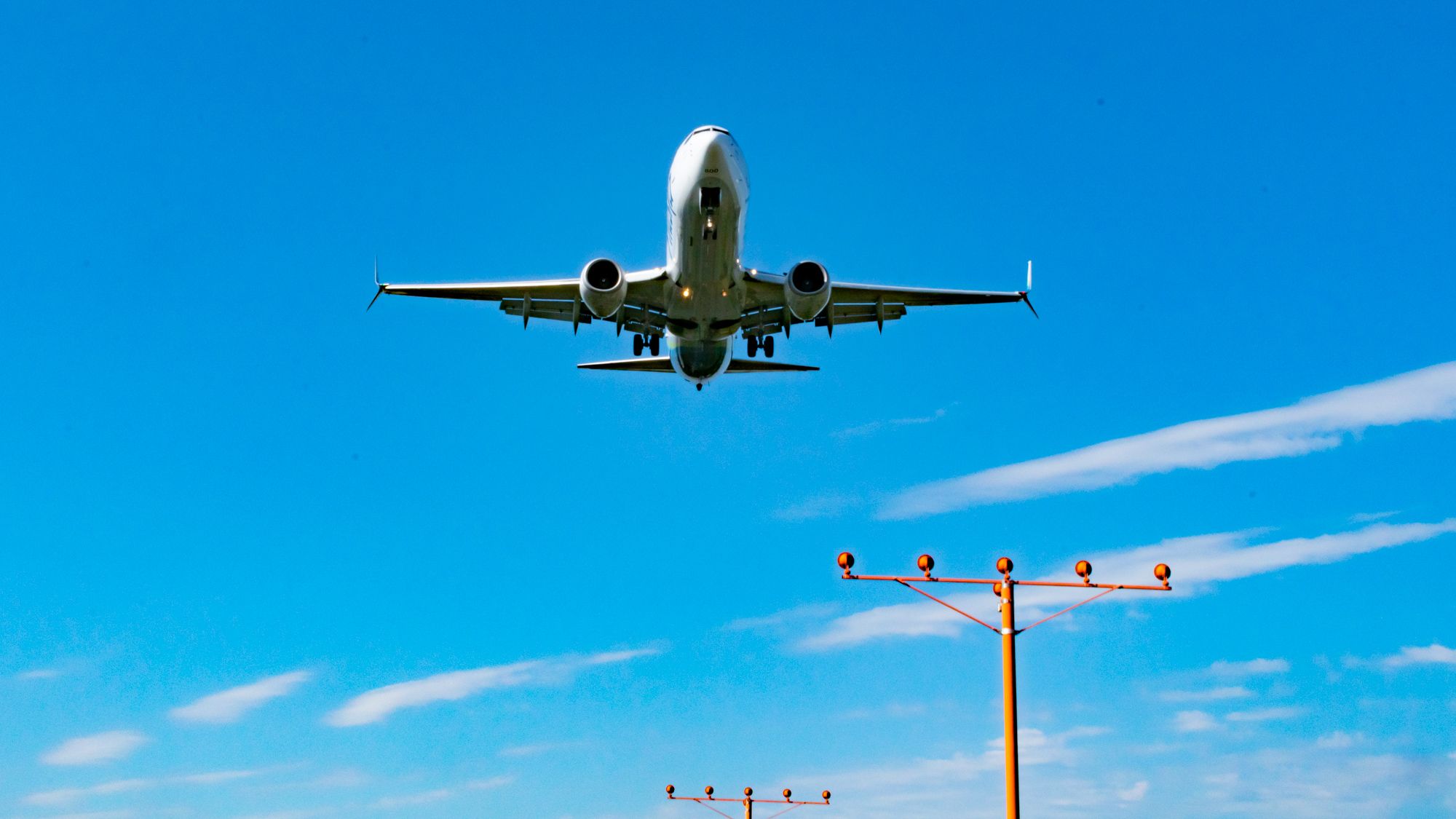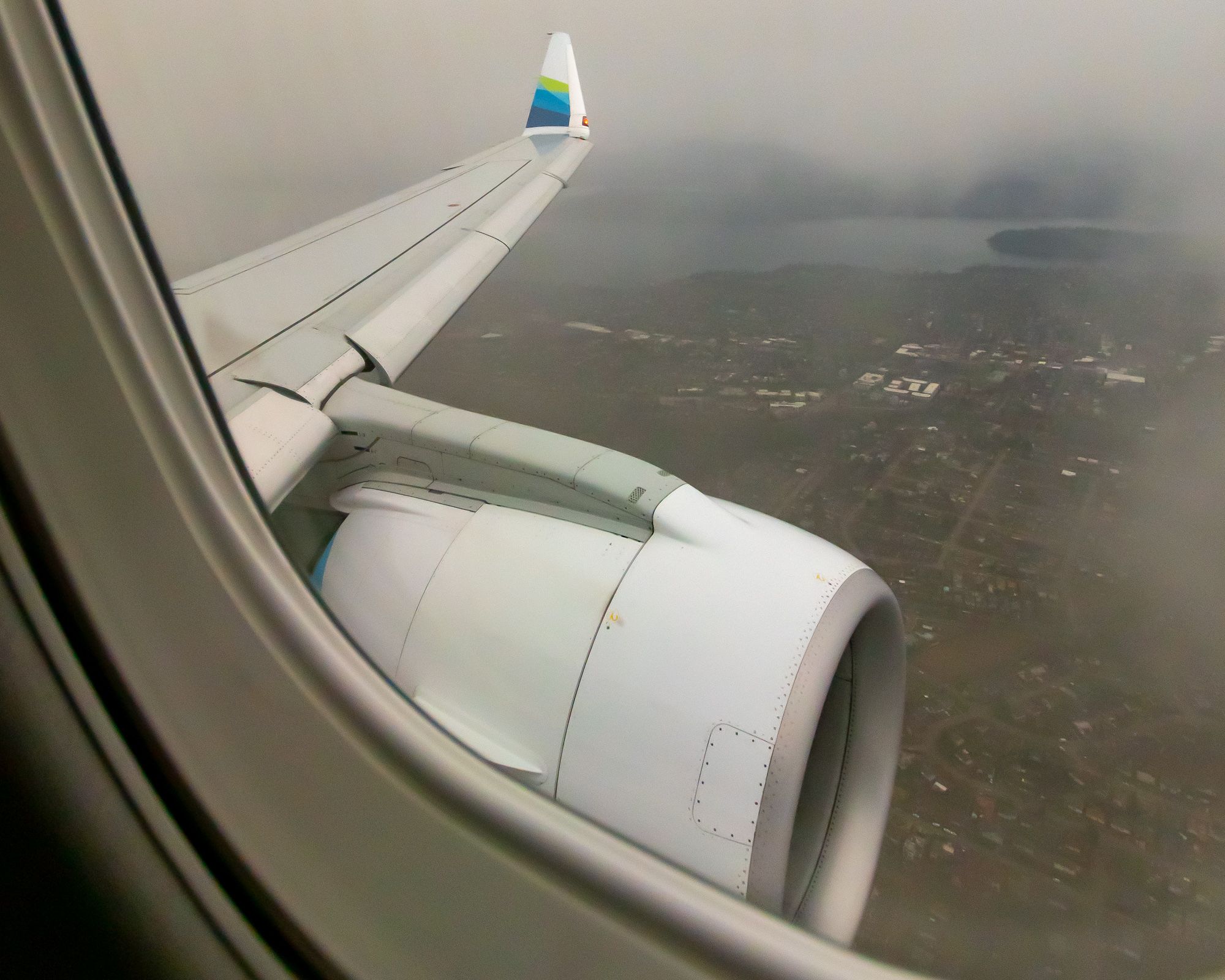Like a smooth descent to landing and not one that stops and starts at certain altitudes? The Federal Aviation Administration (FAA), the aviation transportation agency of the United States government, has now created optimized profile descents (OPDs) for ten new airports to add to the current list of 64.
What are optimized profile descents?
Optimized profile descents (OPDs) are flight paths that allow aircraft to efficiently, with power at or near idle, descend to land at an airport. This is versus the previous practice of descending to a certain flight level several times, each time requiring both an air traffic control communication and a throttle setting change.
Furthermore, optimized profile descents reduce aircraft noise around airports. Noise abatement is a growing request as more and more housing comes closer to airports, and there is occasional litigation over the matter.
You can also learn more about the sources of aircraft noise in this guide.
Having a new descent that reduces power changes means less abrupt, startling noise for the citizens underneath the approach path. This also means less fuel consumed, which is also a win for sustainable flight and lower costs of operation.
According to an FAA statement, these OPDs translate into saving more than 90,000 gallons of fuel on average and reducing greenhouse gas emissions by 27,000 tons annually. Or eliminating the fuel used by 62 Boeing 737 flights between New York and Cleveland annually.
Ultimately, to quote Acting FAA Administrator Billy Nolen:
“We are investing across the entire system to provide passengers with the best travel experience. The era of choppy descents is coming to an end, providing a smoother landing and saving fuel in the process.”
Which airports have received optimized profile descents?
The new airports with optimized descents are Orlando, Kansas City, Omaha, Reno, and six airports in South Florida. These airports join many significant United States airports enjoying OPDs such as but not limited to:
- Atlanta
- Charlotte
- Cleveland
- Columbus
- Denver
- Detroit
- Fort Lauderdale
- Houston
- Las Vegas
- Miami
- Phoenix
- Portland
- Seattle
- Tampa
- Washington, DC,
Flying into Seattle-Tacoma International Airport
The author has experienced many optimized profile descents into Seattle-Tacoma International Airport and Portland International Airport. Each descent has been a steady, gracious slide through the clouds, right up until the bumps of returning to terra firma. It’s definitely a pleasant experience descending steadily at a 3-degree angle or thereabouts and allows for the ability to finish a beverage onboard.
In fact, Seattle-Tacoma International Airport has been working on OPDs since 2009. In a July 8, 2009, Alaska Airlines statement, Mark Reis, managing director of Seattle-Tacoma International Airport said,
"This effort aligns with the Port of Seattle's commitment to operate the greenest airport in the nation. With Alaska and Horizon representing nearly half of the daily operations at Sea-Tac, this program not only benefits our regional environment but also helps the airlines to operate more efficiently at Sea-Tac. We are working closely with Alaska, Boeing and the FAA to ensure these benefits are realized by our community as quickly as possible."
Furthermore, Per Noren, director of Airport Infrastructure for Boeing Commercial Airplanes, spoke of the 2009 hopes of this technology, saying;
Using these advanced technology solutions, airlines around the world can save hundreds of pounds of fuel per flight, which is a significant step toward further reducing emissions from aviation.
It appears 2009 efforts are paying off nationally in 2023.
Have you experienced an optimized profile descent? Please share your experiences in the comments.


